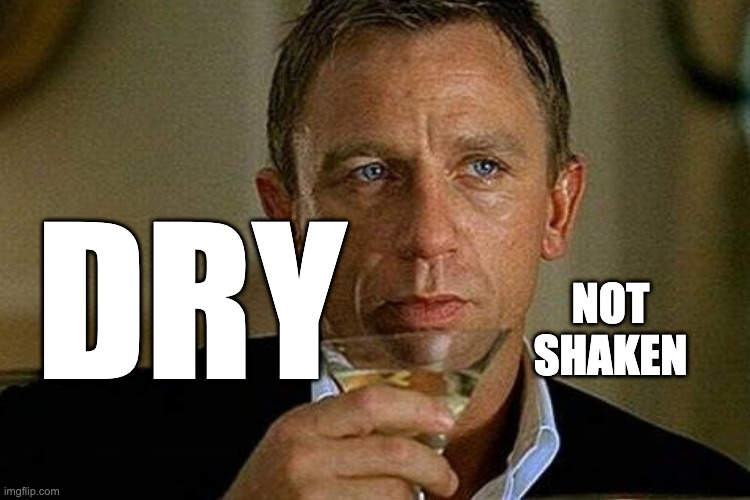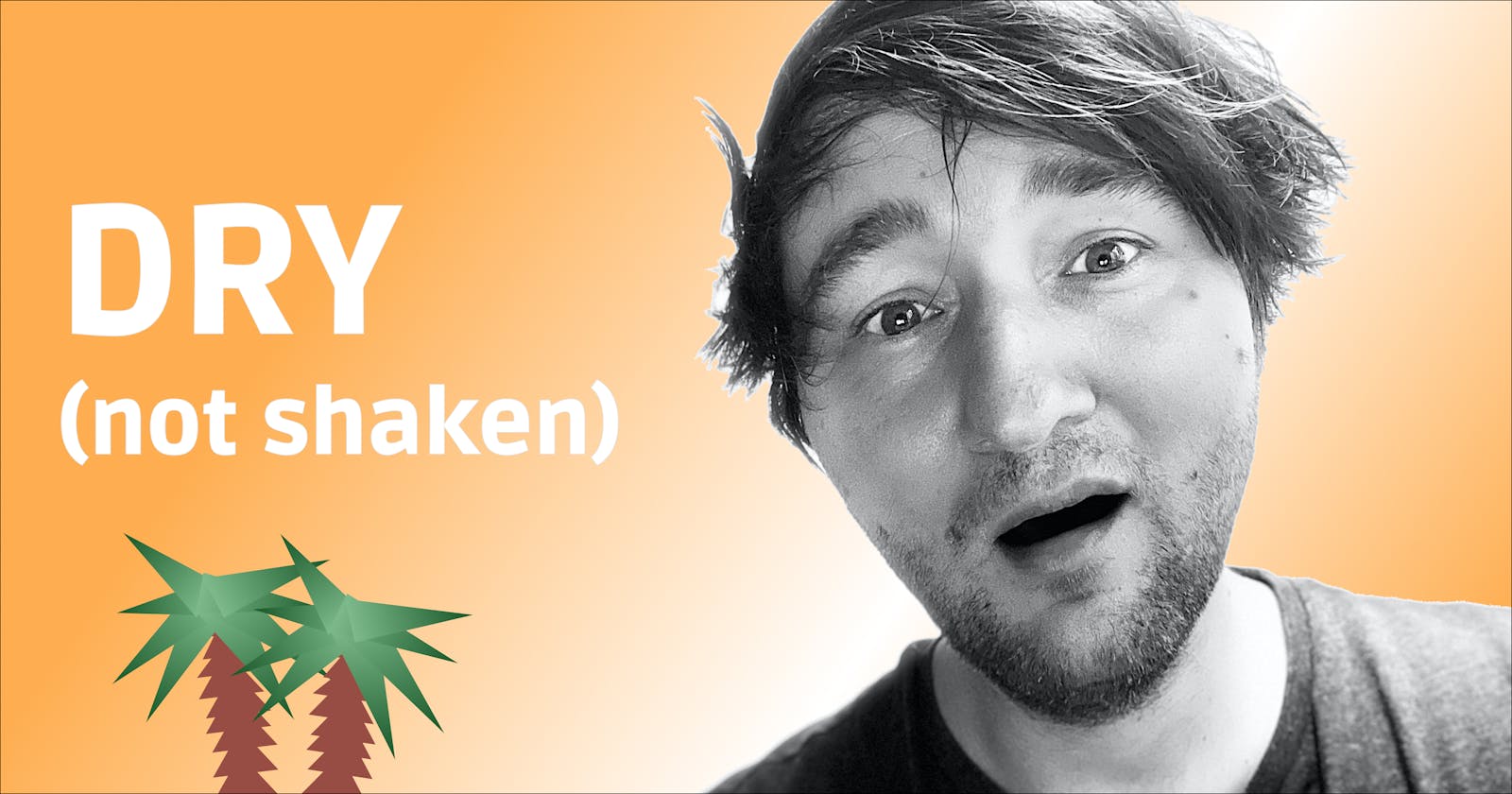Excuses to do it
- "It's another project. I don't know much about it. Don't wanna break something, so I just copied it."
- "I don't have time, maybe later …"
- "Maybe later on, I want to have something different in each function/template/class, so it's better to copy it."
Advantages - to keep it DRY
- If you have to change something later on, you may have to do it twice (or even multiple times) to achieve your goal. So it is easier to maintain.
- Less code - is better code. Just remember, if you copy something, you must copy the tests as well! You do test, don't you? 🤨
Ways to take care about it without even thinking
Automatization is the key. No matter which language do you use in your current project, there is a copy paste detector out there. There are some for specific languages:
… and some with cross language support like PMD or Basta.
Usage
Easy to install and simple to use. You can even export machine-readable reports to show the results in a graph over time, for example. In my case, I used XML for my C++ report, which is compatible with good old Jenkins.
./run.sh cpd --files /path/to/source --language cpp --format xml
Summary

It doesn't take much effort to keep things dry. Just pull up your pants and take care of it! Automation with tests and copy-and-paste detectors can help to improve your code quality and the maintainability of your software.
Questions
- Are you try? Sometimes?
- Do you inspect your code automatically?
- If yes, which tool do you use to visualize the results?

